The practice of iridology—analyzing the iris of the eye to assess health conditions—has entered the digital age with advanced software per iridologia. These specialized programs transform traditional iris analysis into precise, data-driven assessments that can identify potential health concerns through iris patterns, colors, and structures. For health practitioners seeking to enhance their diagnostic capabilities, understanding how modern software per iridologia functions is essential for implementing this technology effectively in clinical settings.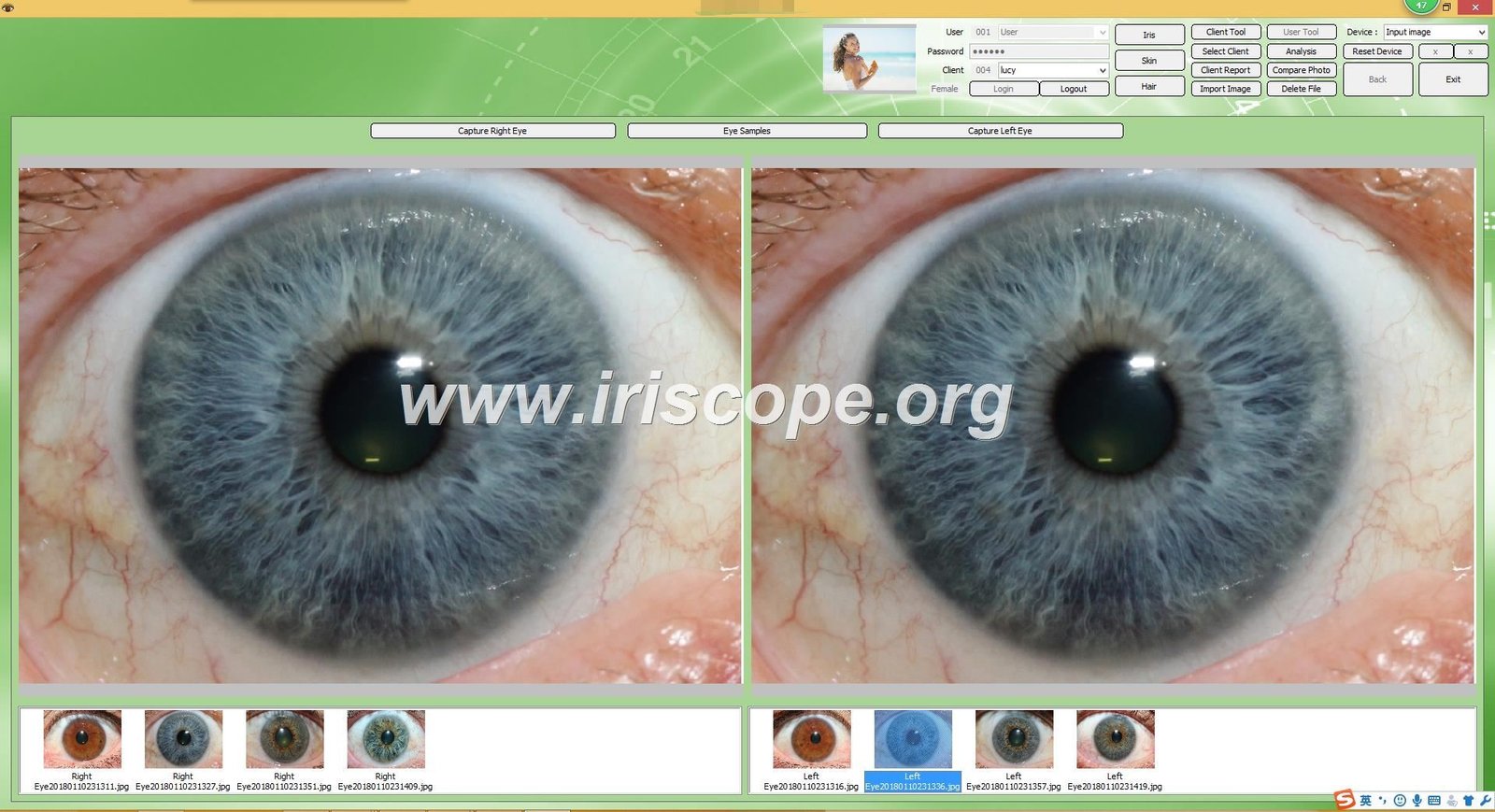

Moderno software per iridologia interface with iris mapping and analysis tools
Discover How Iridology Software Can Transform Your Practice
Request a free demonstration to see how our advanced iris analysis technology can enhance your diagnostic capabilities.
Request Free Demo
Comprensione Software di iridologia: Core Principles and Functions
Software di iridologia digitizes the traditional practice of iris analysis by using advanced algorithms to identify, map, and interpret patterns in the iris. These specialized programs capture high-resolution images of the eye, then analyze various parameters including iris color variations, pupil characteristics, collarette patterns, and specific markings that may indicate health conditions according to iridology principles.


Standard iridology chart showing how different iris zones correspond to body systems
The foundation of software per iridologia lies in its ability to apply consistent analytical frameworks to iris assessment. While traditional iridology relies heavily on the practitioner’s subjective interpretation, software-based analysis introduces standardized measurements, comparative analysis, and data-driven assessments that can be tracked over time.
Key Components of Modern Software di iridologia
Image Capture System
High-resolution cameras or specialized iridoscopes capture detailed iris images. The best systems include macro lens capabilities, proper lighting, and positioning guides to ensure consistent, high-quality images for accurate analysis.
Analysis Algorithms
Sophisticated algorithms process iris images to identify patterns, markings, and color variations. These algorithms compare findings against established iridology charts and databases to generate assessment reports.
Mapping Overlays
Interactive charts and mapping systems that correlate iris regions with corresponding body systems and organs. These overlays help practitioners visualize the relationship between iris signs and potential health conditions.
Database dei pazienti
Secure storage systems that maintain patient records, iris images, and assessment history. This allows practitioners to track changes over time and monitor the effectiveness of interventions.

Health practitioner using software per iridologia for patient assessment
Come Software di iridologia Works: Technical Workflow
The operation of software per iridologia follows a systematic process that transforms raw iris images into meaningful health assessments. Understanding this workflow helps practitioners maximize the technology’s potential in clinical settings.
IL Software di iridologia Assessment Process
- Image Acquisition: High-resolution images of both irises are captured using specialized cameras or adapted digital cameras with macro capabilities.
- Image Processing: The software enhances image quality, adjusts for lighting variations, and prepares the image for analysis.
- Iris Mapping: The program identifies key structures including the pupil border, collarette, and outer iris boundary to establish reference points.
- Pattern Recognition: Algorithms identify specific iris signs such as lacunae, radii solaris, pigmentation, and structural variations.
- Comparative Analysis: Findings are compared against established iridology charts and databases to generate interpretations.
- Report Generation: Comprehensive reports are created, highlighting potential areas of concern and suggested interventions.
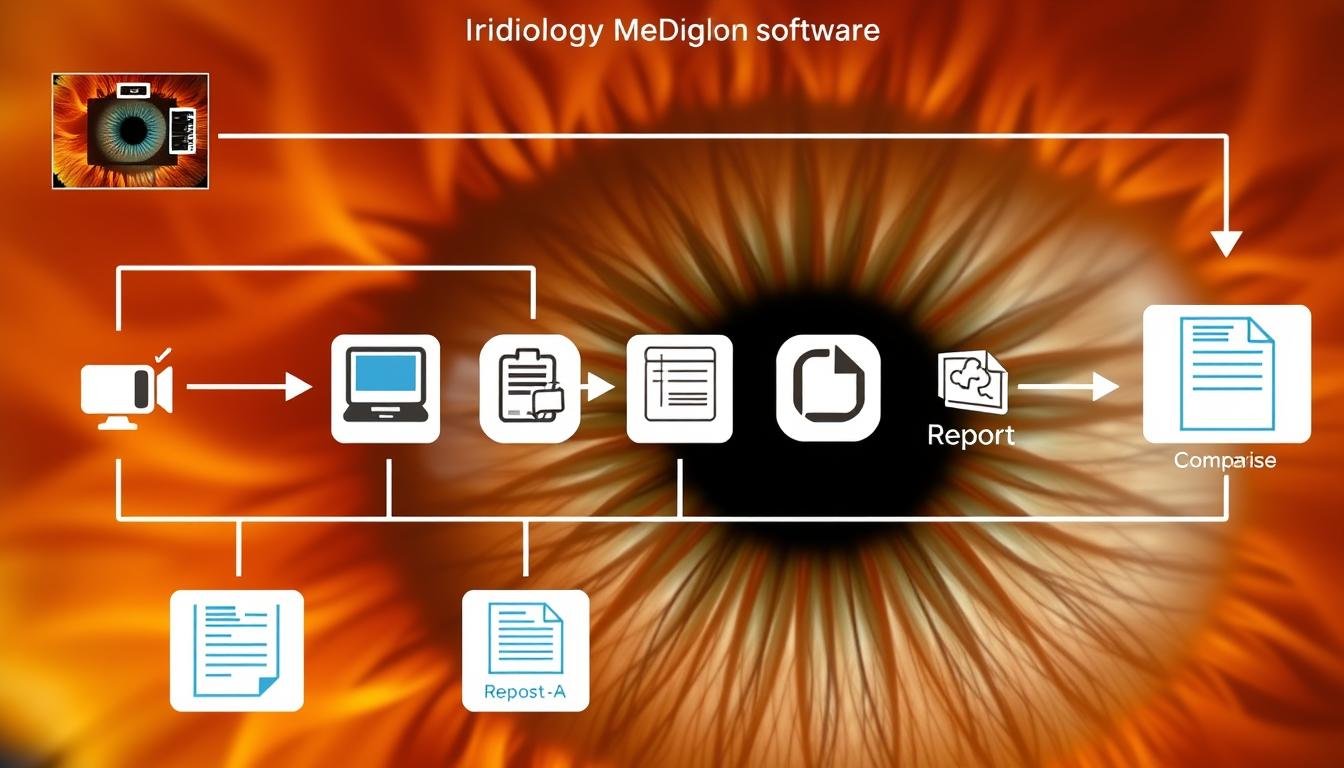
Typical workflow process in advanced software per iridologia systems
Mathematical Parameters and Measurements
Moderno software per iridologia employs precise measurements to enhance assessment accuracy:
| Parametro |
Descrizione |
Clinical Significance |
| Pupil Size and Symmetry |
Measures pupil diameter and shape variations |
May indicate autonomic nervous system function and stress levels |
| Collarette Integrity |
Analyzes the autonomic nerve wreath pattern and breaks |
Potential indicator of digestive system function |
| Pigmentation Density |
Quantifies color variations and pigment concentrations |
May reflect toxin accumulation or inflammation in corresponding areas |
| Structural Density |
Measures fiber density and arrangement patterns |
Potential indicator of tissue integrity and genetic predispositions |
Want to See Software di iridologia in Action?
Contact our team for a personalized demonstration of our advanced iris analysis system.
Call for Demo: +86 13 51090 7401
Benefits of Software di iridologia for Health Practitioners
Implementing software per iridologia in clinical practice offers numerous advantages over traditional manual iris analysis methods. These benefits extend to both practitioners and their patients, enhancing the overall quality of care.
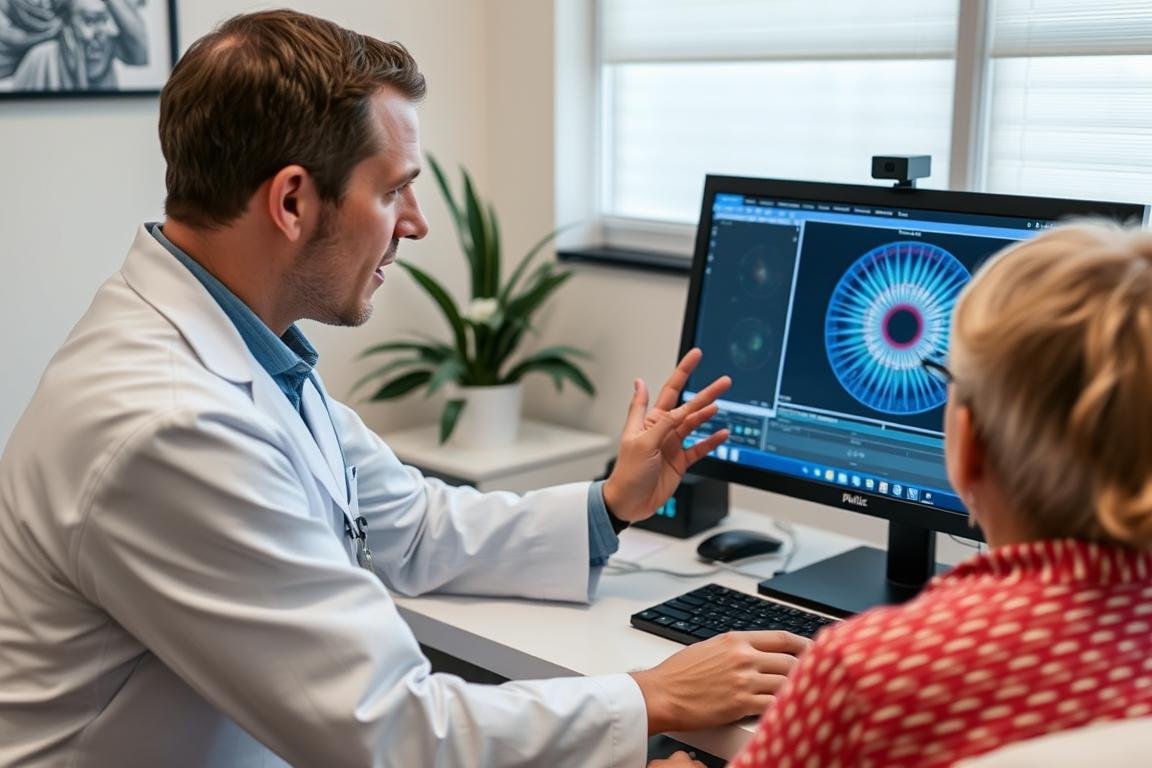
Practitioner reviewing software per iridologia analysis with a patient
Advantages of Digital Iridology
- Enhanced Accuracy: Digital analysis reduces subjective interpretation errors and provides consistent assessments.
- Time Efficiency: Automated analysis significantly reduces the time required for comprehensive iris assessment.
- Patient Education: Visual reports help patients better understand their health conditions and treatment recommendations.
- Progress Tracking: Digital records allow for precise comparison of iris changes over time.
- Integration Capabilities: Many systems can integrate with other practice management software.
- Research Potential: Standardized data collection facilitates research and validation studies.
Considerazioni
- Learning Curve: Requires training to properly operate the software and interpret results.
- Initial Investment: Quality systems require financial investment in software and compatible hardware.
- Technical Support: Ongoing technical support may be necessary for optimal operation.
- Complementary Tool: Should be used alongside other diagnostic methods, not as a standalone solution.
“Implementing software per iridologia in my practice has transformed how I communicate with patients. The visual nature of the reports helps patients understand their health conditions in ways that verbal explanations alone cannot achieve.”
Dr. Eric Blake, Naturopathic Physician
Key Features to Look for in Software di iridologia
When selecting software per iridologia for professional use, certain features distinguish high-quality systems from basic programs. Understanding these key capabilities helps practitioners choose solutions that will best serve their clinical needs.
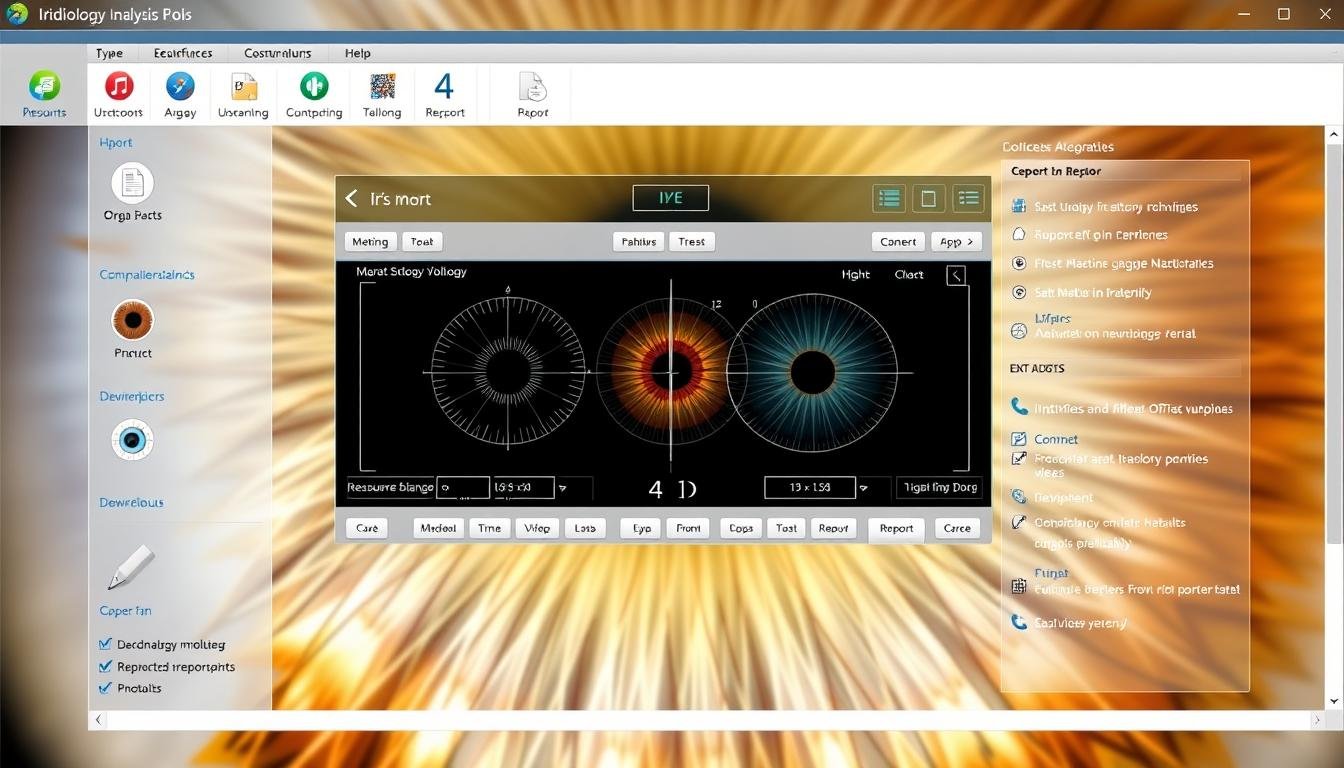
Comprehensive software per iridologia interface with multiple analysis tools
Acquisizione dell'immagine & Processing
- High-resolution image support
- Automatic iris and pupil detection
- Funzionalità di miglioramento delle immagini
- Lighting correction tools
- Support for various camera types
Capacità di analisi
- Multiple iridology chart overlays
- Collarette mapping and analysis
- Pupil assessment tools
- Tissue density evaluation
- Constitutional type identification
Reporting & Integration
- Customizable patient reports
- Comparative analysis tools
- Patient database management
- Export capabilities (PDF, email)
- Practice management integration
Advanced Features in Premium Software di iridologia
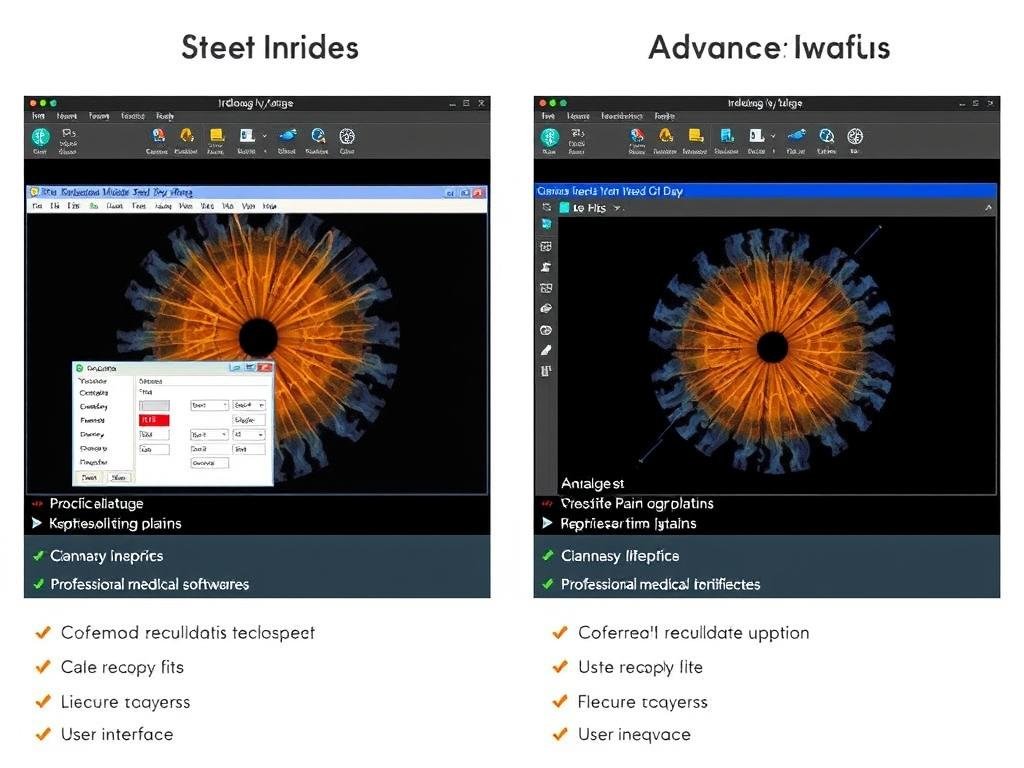
Comparison between basic and advanced software per iridologia capabilities
Essential Features
- Basic iris mapping
- Standard iridology charts
- Simple report generation
- Basic image storage
- Manual measurement tools
Caratteristiche avanzate
- AI-assisted pattern recognition
- Multiple chart systems integration
- Customizable assessment parameters
- Comparative analysis tools
- Research and statistical functions
Premium Features
- 3D iris modeling
- Integration with other diagnostic tools
- Automated follow-up recommendations
- Multi-practitioner access controls
- Cloud-based synchronization
Implementing Software di iridologia in Your Practice
Successfully integrating software per iridologia into a clinical setting requires careful planning and consideration of various factors. This systematic approach ensures optimal utilization of the technology and maximum benefit for both practitioners and patients.
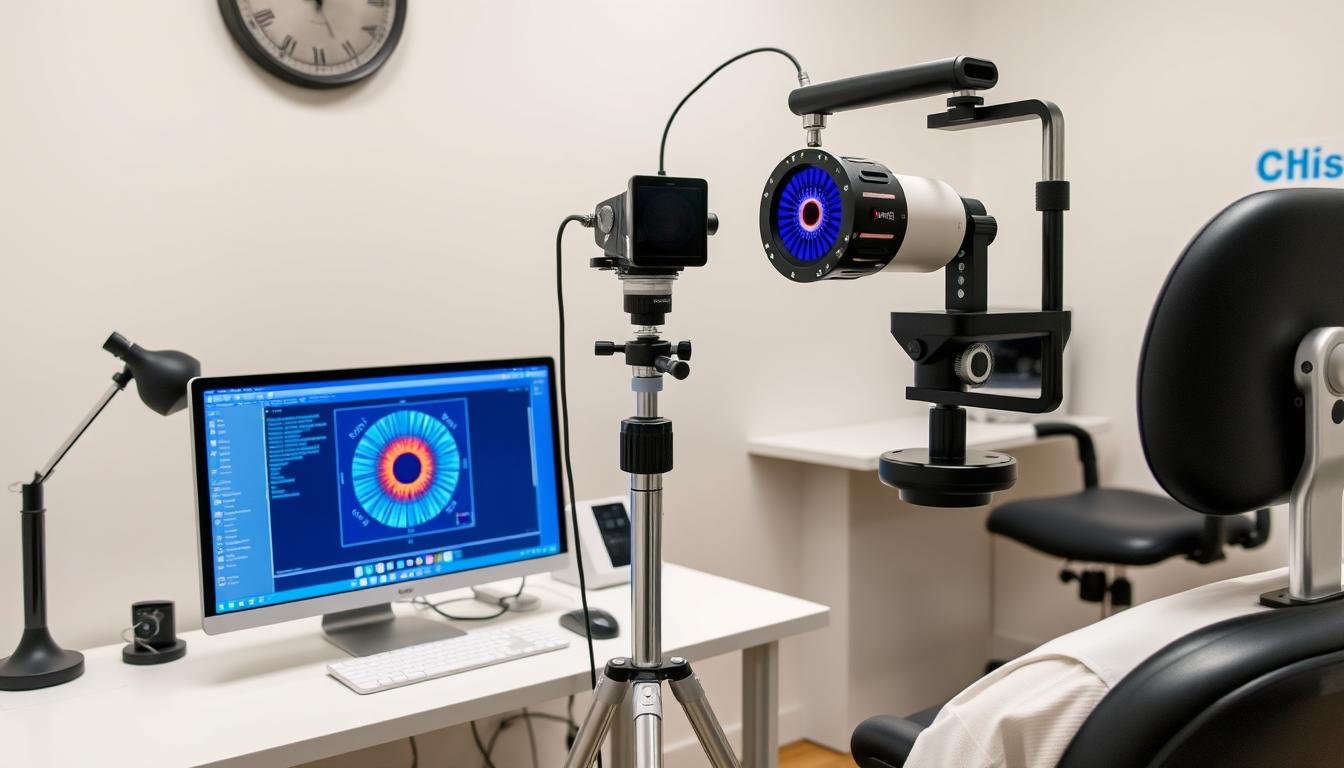
Professional clinical setup for software per iridologia implementation
Implementation Steps
- Needs Assessment: Evaluate your practice requirements, patient volume, and specific clinical focus to determine the most appropriate software solution.
- Hardware Evaluation: Ensure your existing computer systems meet the software requirements or budget for necessary upgrades.
- Camera Selection: Choose appropriate imaging equipment—either dedicated iridology cameras or high-quality digital cameras with macro capabilities.
- Environment Setup: Create a dedicated space with consistent lighting and positioning tools for reliable image capture.
- Staff Training: Invest in comprehensive training for all practitioners who will use the system.
- Integration Planning: Determine how the iridology assessment will fit into your existing patient workflow.
- Patient Education Materials: Develop resources to explain the process and benefits to patients.
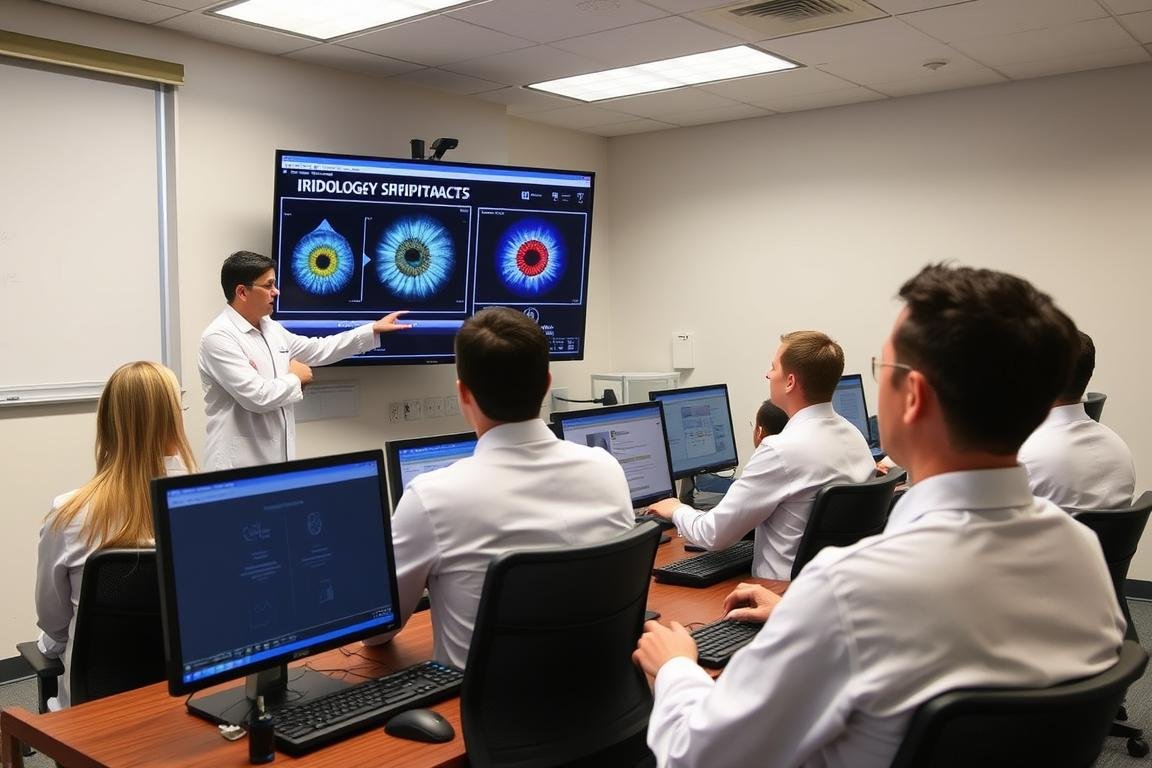
Training session for practitioners learning software per iridologia applications
Practical Considerations for Daily Use
Tip: Schedule dedicated “iridology assessment days” when first implementing the software to allow practitioners to focus on mastering the technology without time pressure.
Workflow Integration
Determine whether iris assessment will be part of initial consultations, follow-up visits, or offered as a standalone service. Create standard protocols for when and how to incorporate iris analysis into patient care.
Patient Communication
Develop clear explanations of what iridology can and cannot reveal. Set appropriate expectations and emphasize that iris analysis is one of several assessment tools used in holistic evaluation.
Ready to Implement Software di iridologia in Your Practice?
Our team provides comprehensive setup support and training to ensure smooth integration.
Contact Our Implementation Team
Domande frequenti su Software di iridologia
È software per iridologia reliable for diagnosis?
Software di iridologia is best used as a screening and assessment tool rather than for definitive diagnosis. It can identify potential areas of concern that should be further investigated using conventional diagnostic methods. The software enhances the traditional practice of iridology by providing consistent, objective measurements, but should be part of a comprehensive assessment approach.
What hardware requirements are needed for software per iridologia?
Most modern software per iridologia requires a relatively powerful computer with sufficient RAM (8GB minimum recommended), adequate storage for image databases, and a high-resolution display. Additionally, you’ll need either a specialized iridology camera or a high-quality digital camera with macro capabilities. Some systems also work with smartphone cameras using special attachments for close-up iris photography.
How long does it take to learn to use software per iridologia effectively?
The learning curve varies depending on your prior experience with iridology and general computer proficiency. Basic operational competence can typically be achieved within 1-2 weeks of regular use. However, developing expertise in interpreting the software’s analysis and applying it clinically may take 3-6 months of consistent practice. Most software providers offer training programs ranging from basic orientation to advanced certification.
Potere software per iridologia integrate with other practice management systems?
Integration capabilities vary significantly between different software per iridologia systems. Premium solutions often offer API access or direct integration with popular practice management systems. At minimum, most programs allow for exporting reports as PDFs that can be manually added to patient records. When selecting software, specifically inquire about integration options with your existing systems.
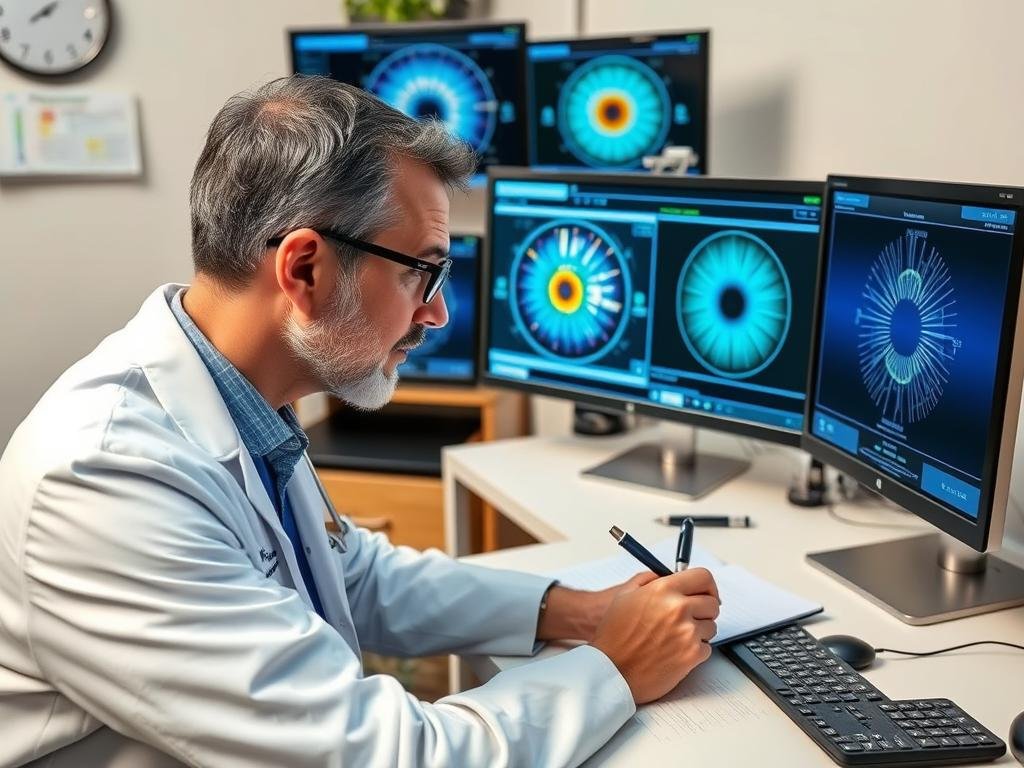
Practitioner analyzing software per iridologia results for clinical application
Conclusion: The Future of Software di iridologia nella Sanità
Software di iridologia represents a significant advancement in the ancient practice of iris analysis, bringing standardization, precision, and data-driven insights to this holistic assessment method. As technology continues to evolve, we can expect further refinements in image processing, pattern recognition, and integration capabilities that will enhance the clinical value of these tools.
For health practitioners considering implementing software per iridologia, the key is selecting a solution that balances technological sophistication with practical usability. The most effective systems provide clear, actionable insights while remaining accessible to practitioners with varying levels of technical expertise.

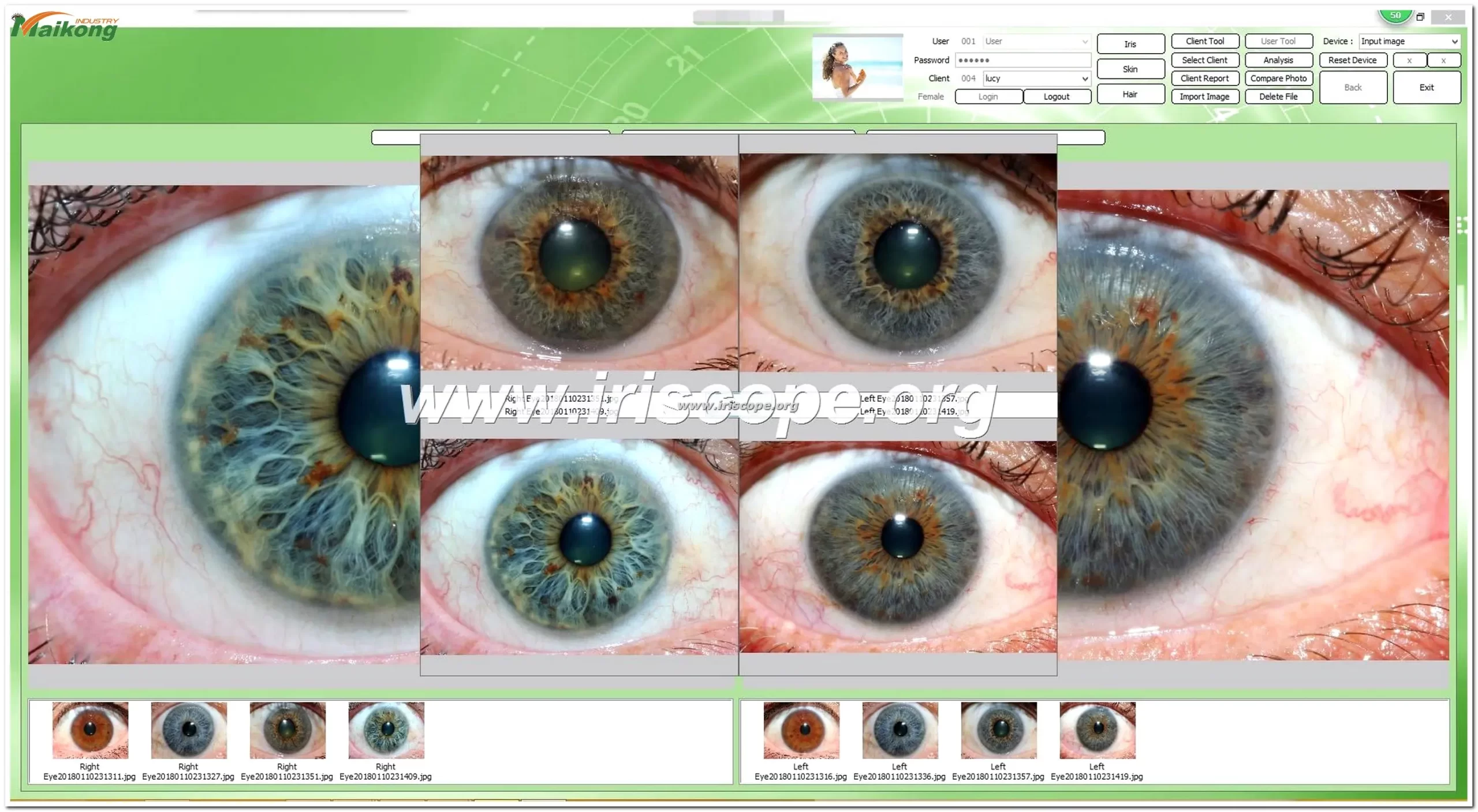

The future of software per iridologia with AI integration and advanced analytics
When properly implemented as part of a comprehensive approach to patient assessment, software per iridologia can provide valuable insights that complement other diagnostic methods. By embracing this technology while maintaining a holistic perspective, practitioners can enhance their ability to identify potential health concerns and develop personalized wellness strategies for their patients.
Transform Your Practice with Advanced Software di iridologia
Contact us today to learn more about our comprehensive iris analysis solutions and how they can enhance your diagnostic capabilities.



























